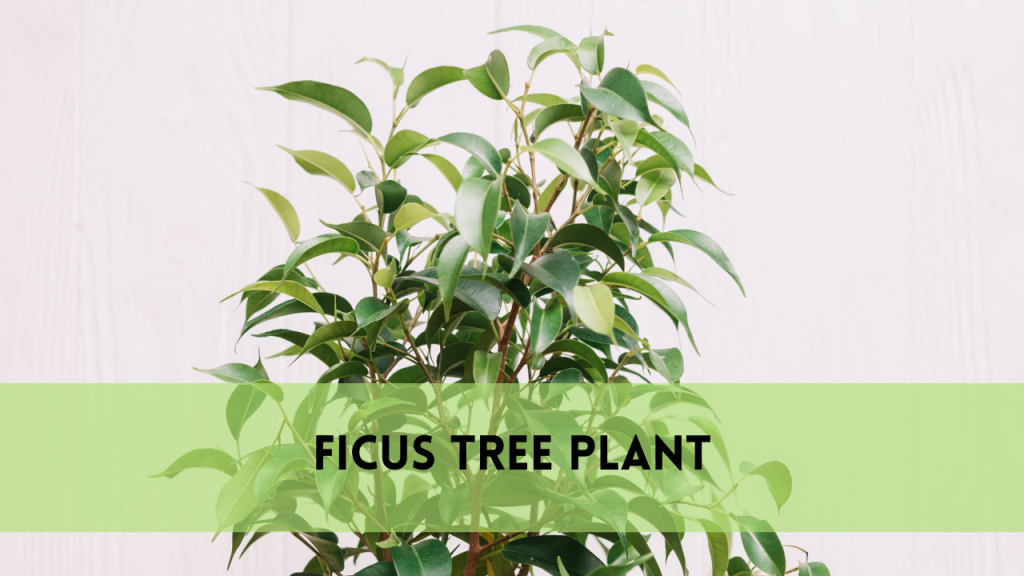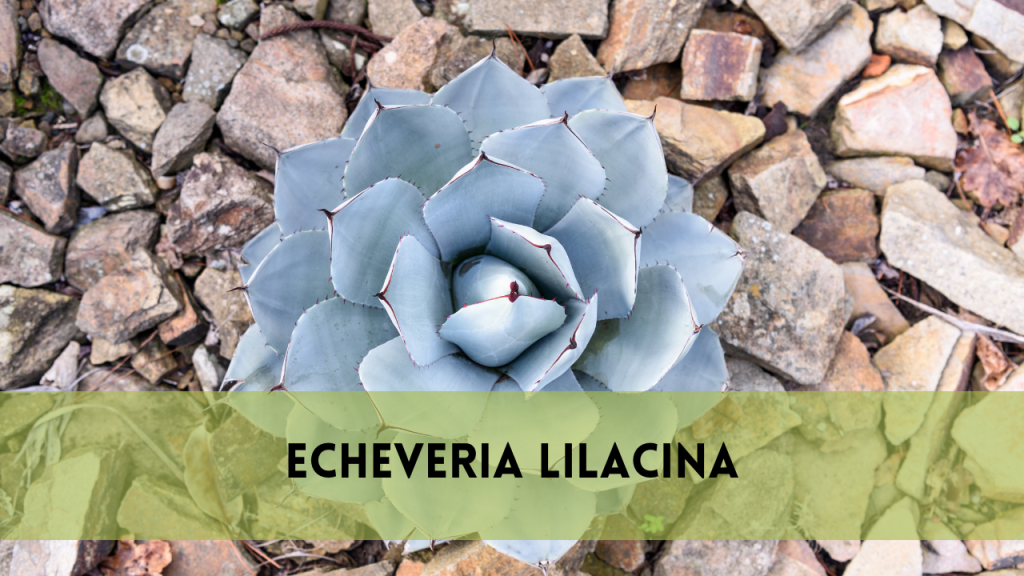How to braid a shrimp plant?
Shrimp plants, scientifically known as Justicia brandegeeana, are popular ornamental plants valued for their distinctive and appealing appearance. These tropical plants, which originated in Mexico, are named after their shrimp-like bracts, which occur in pink, red, and yellow. In this complete guide, we will discuss how to grow, care for, and manage shrimp plants so they can thrive in your garden or indoor environment.
Understanding Shrimp Plants:
Appearance and growth habits
Shrimp plants are evergreen perennials that can grow up to 1.2 meters tall. Their most distinguishing characteristic. Hummingbirds and butterflies enjoy the little, white tubular flowers that these bracts enclose. Dark green, ovate leaves make up the foliage, creating a luxuriant backdrop for the bright bracts.
Ideal Growing Conditions
Shrimp plants prefer bright, indirect light. They can withstand some direct sunlight but prefer filtered light, especially during the hottest hours of the day.
Temperature: These tropical plants thrive in warm conditions ranging from 18°C to 30°C. They require protection from temperatures below 10 °C, as they are not frost-hardy.
Humidity: Shrimp plants require high humidity. To imitate their native habitat, keep the humidity level between 50 and 60%.
Types of shrimp plants
Usticia brandegeeana, or ‘Fruit Cocktail’
It is a small variety with bracts that change from yellow to pink, like a tropical fruit cocktail. This cultivar is great for tiny spaces or container gardening, adding a brilliant splash of colour and a distinct visual appeal.
Justicia brandegeeana, or ‘Yellow Queen’
Its vibrant yellow bracts complement any garden environment. This cultivar is slightly taller than ‘Fruit Cocktail,’ making it a joyful and eye-catching addition to your garden with its bright, sunny colours.
‘Red’ Justice in Brandegee
The ‘Red’ cultivar has vivid red bracts that contrast nicely with the plant’s dark green foliage. This species gives a bold, dramatic accent to any garden, making it ideal for creating visually appealing landscapes.
Justicia Brandegeeana, ‘Pink’
These plants have beautiful, soft pink bracts, creating a pleasant and charming appearance. They’re ideal for bringing a touch of delicate elegance to gardens and indoor plant collections, providing a softer alternative to the more brilliant options.
Justicia Brandegeeana, ‘Purple’
The ‘Purple’ cultivar has distinctive purple bracts that offer an exotic touch to any garden or indoor setting. This species is suitable for gardeners seeking to add a unique and unusual colour to their plant collection.
Benefits of growing shrimp plants
Aesthetic Appeal
Shrimp plants’ distinctive, colourful bracts add a visual flair to any garden or indoor setting. Their propensity to attract hummingbirds and butterflies makes them an excellent choice for pollinator gardens.
Low maintenance
Shrimp plants are reasonably simple to manage, making them ideal for both rookie and experienced gardeners. With adequate care, they can produce continuous blooms throughout the growing season.
Planting and propagating
Soil requirements
Shrimp plants prefer well-drained, organically rich soil. A blend of peat, perlite, and compost makes an excellent growing medium. The soil pH should be slightly acidic to neutral, between 6.0 and 7.0.
How to grow shrimp plants?
Planting prawn plants (Justicia brandegeeana) from seed is a satisfying procedure that lets you cultivate these stunning plants from scratch. This extensive guide will walk you through each stage, from seed preparation to transplanting seedlings.
First, gather and prepare the seeds. If you already have a prawn plant, you can collect seeds from the adult bracts. Look for fully grown, dark-coloured seeds, as these are more likely to germinate successfully. After you’ve harvested the seeds, gently clean them to eliminate any debris or pulp. After washing the seeds, immerse them in warm water for 24 hours. The soaking process softens the seed coat, which increases germination rates. Scarify the seeds by lightly nicking or sanding the seed coat to improve water absorption and speed up germination.
Next, prepare the planting material. It is critical to use a well-drained soil mix high in organic matter. Peat, perlite, and compost make an ideal combination for prawn plant seeds. To create a sterile environment for the seeds, bake the soil in the oven at 180°F (82°C) for 30 minutes. This process helps to eradicate any infections or bugs that could harm the seeds.
Now, plant the seeds. Fill tiny pots or seed trays with the prepared soil mixture. Make shallow indentations in the earth, about 1/4 inch deep, and insert one seed into each one. Don’t bury the seeds too deeply; instead, lightly cover them with soil. After planting, carefully water the soil to keep it damp but not soaked.
Create an appropriate germination environment for the seeds. Place the pots or seed trays in a warm, bright spot that receives indirect sunlight. The recommended temperature range for prawn plant seed germination is 70°F to 75°F (21°C to 24°C). Cover the pots or trays with a clear plastic lid or plastic wrap to ensure regular moisture and humidity. Check the soil regularly to ensure it is moist but not saturated.
Be patient during the germination process. Shrimp plant seeds might take anywhere between two and four weeks to germinate. During this time, keep the soil continually moist and the seeds in a warm, light location. Once the seedlings emerge, remove the plastic cover to improve air circulation.
Take care of the seedlings as they grow. Once the seedlings sprout their first true leaves, it’s time to transplant them into individual pots. Gently raise each seedling, taking care not to damage the fragile roots, and place it in a small pot filled with well-drained soil. Place the pots in areas with bright, indirect lighting, and keep the soil moist.
Finally, move the shrimp plants outside or to larger pots. When the seedlings have grown sufficiently, and the weather is warm, transplant them to their permanent location. Choose an area with partial shade and well-drained soil. Dig holes slightly larger than the seedlings’ root balls and place them at the same depth they were growing in their pots. Water the plants thoroughly after transplanting and continue to give them regular care, such as watering, fertilising, and pruning as needed.
Planting Tips
Container planting: To avoid waterlogging, use a pot with drainage holes. Fill the pot with the appropriate soil mix, and place the shrimp plant at the same depth as it was growing in the nursery container.
Outdoor Planting: Select a site with partial shade and well-drained soil. Before planting, dig a hole that is twice the size of the root ball and add organic debris.
Propagation Methods
Stem cuttings are the most common method for propagating shrimp plants. Take 10–15 cm of cuttings from healthy, non-flowering stems. Remove the bottom leaves, then insert the cut end into the rooting hormone. Plant the cuttings in a mixture of perlite and peat, and keep them warm and wet until roots form.
You can separate mature shrimp plants at the root ball to produce more plants. This strategy works well in the spring.
Care for shrimp plants
Watering
Shrimp plants require consistent hydration, but they should not be overwatered. Water thoroughly when the top inch of soil seems dry. Reduce watering throughout the winter, when the plant’s growth slows.
Fertilisation
During the growing season (spring and summer), apply a balanced, water-soluble fertiliser to shrimp plants once every 4–6 weeks. Reduce feeding during the fall and winter months when the plant is not actively growing.
Pruning and maintaining
Regular pruning helps maintain the form and promotes bushier growth. To encourage new blooms, prune down leggy stalks and remove spent bracts and flowers. You can complete pruning in late winter or early spring, prior to the onset of new growth.
Related Posts:
Pest and disease management
Shrimp plants are typically resistant to pests and diseases. However, they may occasionally be affected by the following factors:
Spider mites: These microscopic pests flourish in dry environments. To control pests, increase humidity and apply insecticidal soap to the plants.
Aphids: You can control these sap-sucking insects with neem oil or insecticide soap.
Root rot: Excessive irrigation and poor drainage cause root rot. Make sure the soil drains effectively, and don’t overwater the plant.
Seasonal Care Tips
Winter Care
During the winter, move shrimp plants indoors or house them in a greenhouse in milder locations. Reduce watering and fertilizer while providing ample light to prevent lanky growth.
Summer Care
During the summer, you can move shrimp plants outside to enjoy the heat and humidity. Place them in partial shade to protect them from the harsh afternoon light.
FAQS
What’s the best method for propagating prawn plants?
Stem cuttings are the most successful method for propagating prawn plants. Take a cutting from a healthy stem, remove the bottom leaves, soak it in rooting hormone, and plant it in a perlite-peat mixture. Keep it in a warm, humid area until the roots grow.
How frequently should I water my prawn plant?
Shrimp plants prefer continuous wetness. Water thoroughly when the top inch of soil seems dry. Be careful not to overwater, as this might cause root rot. Reduce watering throughout the winter, when the plant’s growth slows.
Can prawn plants endure full sunlight?
Shrimp plants can withstand some direct sunshine, but they flourish in bright, indirect lighting. Too much direct sunlight, particularly during the hottest hours of the day, will scorch their leaves and bracts.
What type of soil is best for shrimp plants?
Shrimp plants thrive in well-drained soil rich in organic materials. The optimum habitat consists of peat, perlite, and compost. The soil’s pH should be slightly acidic to neutral, between 6.0 and 7.0.
How can I keep pests out of my prawn plant?
Shrimp plants are relatively pest-resistant; however, spider mites and aphids can occasionally cause problems. Keep your plants in high humidity to avoid pests and inspect them regularly. If you find pests, treat them with insecticidal soap or neem oil.
Conclusion
Shrimp plants’ distinctive shrimp-like bracts and lush foliage give a stunning touch to any garden or indoor setting. These tropical beauties require little maintenance and can grow with the right conditions, such as ample light, consistent moisture, and frequent trimming. Understanding their individual demands and eliminating common difficulties such as pests and overwatering will let you enjoy prawn plants’ colorful blooms and lush greenery all year long. Whether you’re a beginner or a seasoned gardener, prawn plants provide a fascinating and satisfying gardening experience.




